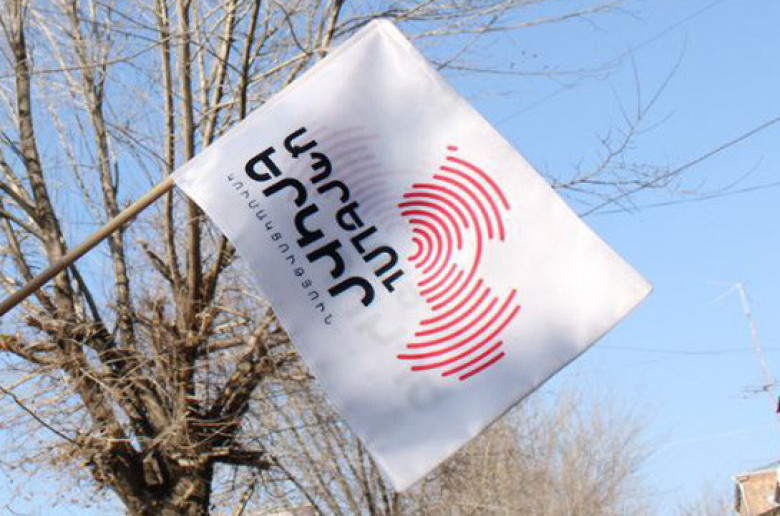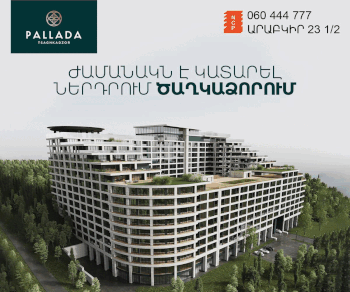Today marks the 33rd anniversary of the Armenian pogroms of Baku
Socity
The Azerbaijani capital saw the third major massacre of the country's Armenian population between January 13-19, 1990. It was the continuation of the genocidal policies against the Armenians of Sumgait and Gandzak, pursued respectively in February 1988 and November 1989.
According to available reports, the Baku pogroms left over 4 million Armenians killed, though the final number of the victims remains unconfirmed to date. No Armenian soul remained in Soviet Azerbaijan after the Baku pogroms. And an estimated half a million left the country.
Unfortunately, 33 years later, the Azerbaijani authorities have not backed away from their policy of Armenophobia. That country's leadership openly admits today that the blocking of the Lachin corridor is aimed at relocating the Armenians of Nagorno-Kharabakh.
The methods may have changed, but the goal remains in place - i.e. to get rid of the Armenians. This is how Azerbaijan envisions "peace" with Armenians. Today, we are paying homage to our compatriots killed in the January 13-19, 1999 Baku pogroms. Those horrific events have not received a proper evaluation by the international community. The Armenian families from Soviet Azerbaijan have not been compensated for the loss of their means of subsistence and property.
Hence, it is among our major tasks to address their rights and to collaborate with our international partners towards that objective. That's important also in terms of pushing ahead with our position on the Artsakh issue. Thirty-three years later, Azerbaijan is proving yet another time that an Armenian cannot enjoy a secure life on the territory of Azerbaijan in any status. Azerbaijan is proving that with its policies pursued for decades. The security guarantee for the Artsakh people is the exercise of their right to self-determination and the international recognition of the country. That's also the path towards establishing a lasting and steady peace in the region.
























































